Operating System and Features
If you haven't visited the world of NAS enclosures for a few years then QNAP's OS is a classic example of just how far things have come. Setting up remote access and cloud sharing was ridiculously easy and took less than 5 minutes - from there you're able to sign in online from anywhere using a basic browser-based file explorer called myQNAPcloud that allows you to download the files or share them to others. As we've already mentioned, myQNAPcloud is a blissfully easy feature to set up, requiring just an email address, user name and password to get going.Click to enlarge
Synology does have an edge in the sheer number of features and services supported here, though, such as extensive version history and Dropbox support. Of course, with QNAP's QSync utility you can simply monitor your Dropbox folder and sync it to the NAS anyway and achieve pretty much the same thing, as well as synchronise other folders between your PCs and the NAS.
Click to enlarge
You're also able to launch various services remotely too, such as Photo Station or Music Station and of course view the NAS's desktop so whether you just want an easy way to slideshow images or get at your data on the go, you're pretty much covered here. There are a few omissions compared to Synology, such as the ability to edit photos within the photo app, plus the whole experience isn't quite as nippy or slick.
Click to enlarge
Download Station offers a fairly comprehensive array of tools that can deal with HTTP, FTP and BitTorrent downloads as well as RSS feeds, and there's a fully-fledged bandwidth manager that can limit or stop bandwidth for downloads at certain times - again, this is something that Synology does well so it's good to see QNAP on par here. In addition, you can see and control your download tasks using Windows, Mac, Android and Linux QGet software.
Click to enlarge
A hot topic in NAS at the moment is video, in particular transcoding. The TS-231 is fairly capable here when using the included Video Station along with the corresponding iOS app for example, but converting 1080p video files to something less meaty resulted in regular stuttering, even when streamed over WiFi. It was a similar story in Plex and the app was quite laggy too, but it's good to see support out of the box.
Click to enlarge
However, something that several manufacturers are now doing is offering the ability to transcode videos offline or in the background, reducing the CPU overheads doing it on the fly. Simply drop your video files into the appropriate folder and if you've set that folder to be monitored, the files will automatically be transcoded to a set quality.
Click to enlarge
We're seeing new CPUs beginning to handle transcoding on the fly, but it remains an elusive goal for the budget NAS - offline transcoding isn't quite as magagement-free as on-the-fly but it's better than a stuttering mess, plus you only have to do it once for each video. The downside, of course, is that you need to store both video sizes if you also want a copy to play on your HD TV.

MSI MPG Velox 100R Chassis Review
October 14 2021 | 15:04


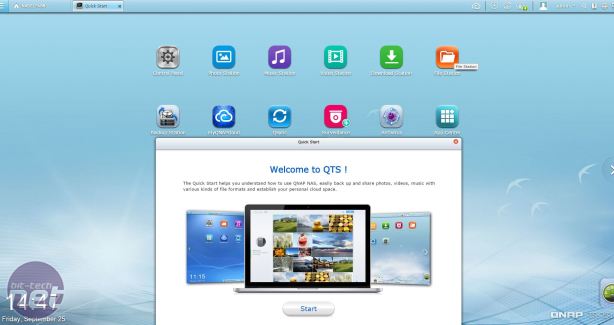
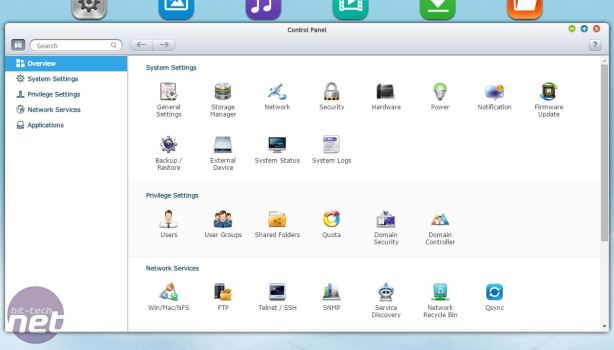
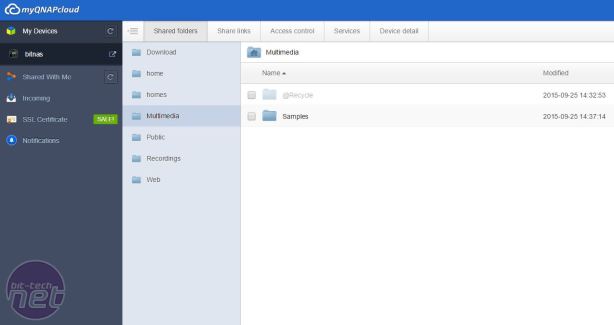
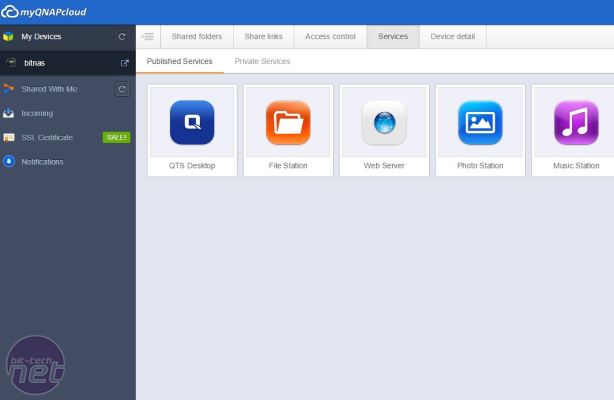
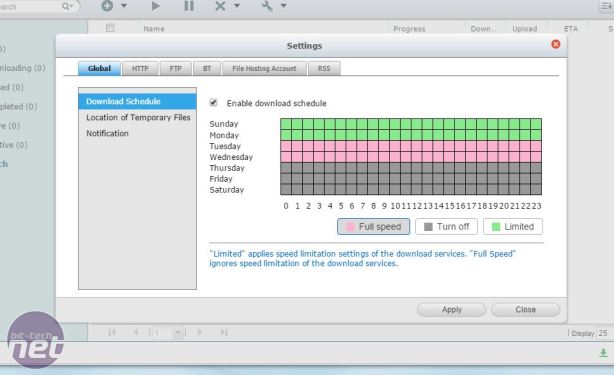
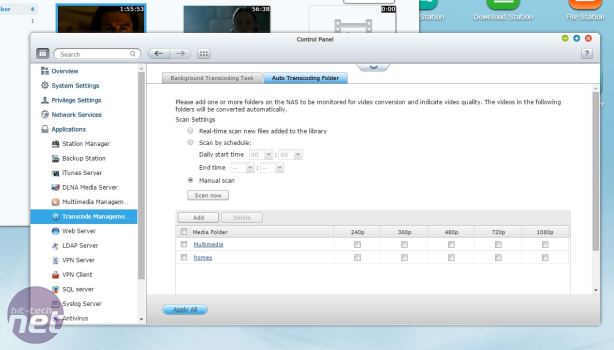
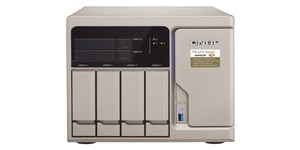






Want to comment? Please log in.